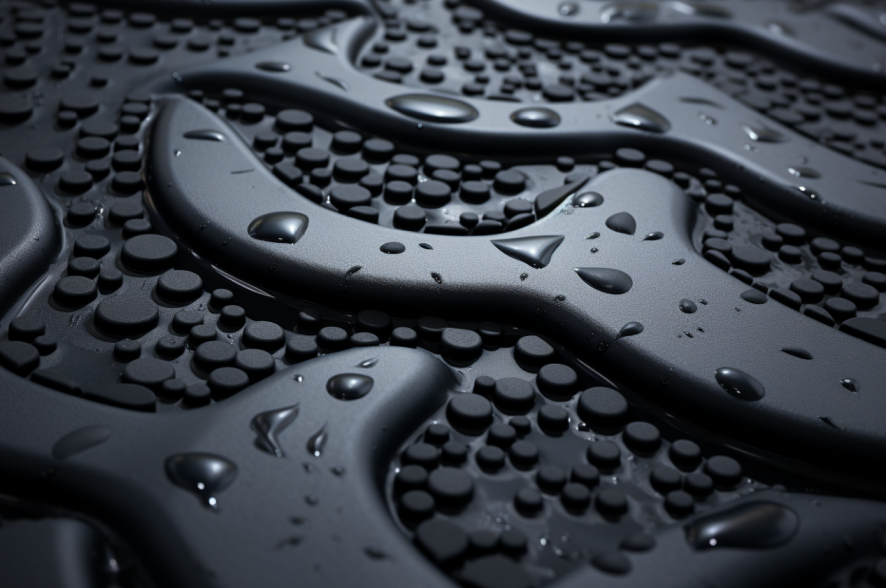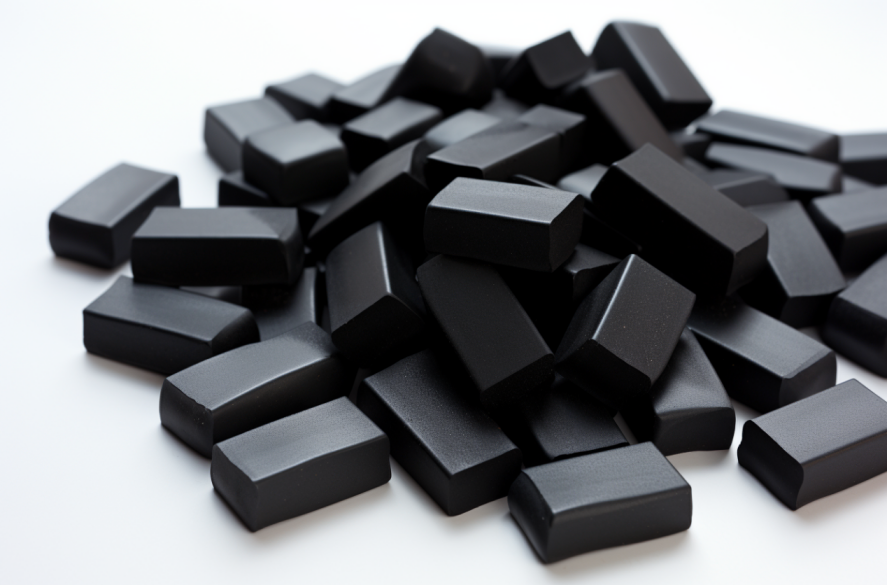MBTS Rubber Accelerator: Properties, Applications, and Benefits
19/01/2024
MBTS rubber accelerator is a chemical compound that is commonly used in the manufacturing of rubber products. It is known for its ability to increase the rate of vulcanization, which is the process of converting natural rubber into a more durable and stable form. This makes it an essential component in the production of a wide range of rubber products, including tires, hoses, and seals.
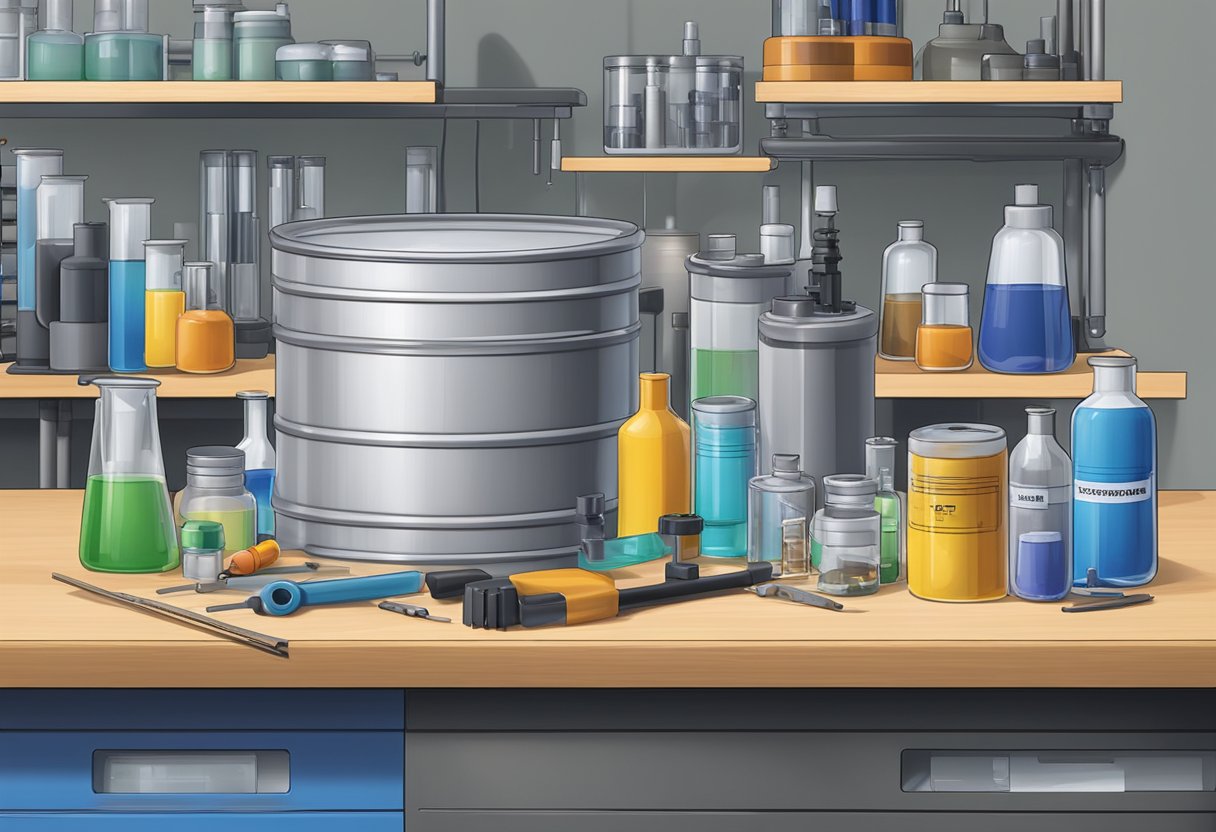
The chemical name for MBTS rubber accelerator is 2,2′-Dibenzothiazyl disulfide. It is a yellowish powder that is soluble in organic solvents such as benzene and toluene. It is also known by its trade name, DM, and is widely available from a variety of chemical suppliers. MBTS rubber accelerator is typically used in combination with other accelerators, such as TBBS or TMTD, to achieve the desired properties in the final product.
Overall, MBTS rubber accelerator plays a crucial role in the manufacturing of rubber products. Its ability to increase the rate of vulcanization allows for faster production times and improved product quality. As such, it is an essential component in the rubber industry and is widely used in the production of a variety of products.
Chemical Properties of MBTS
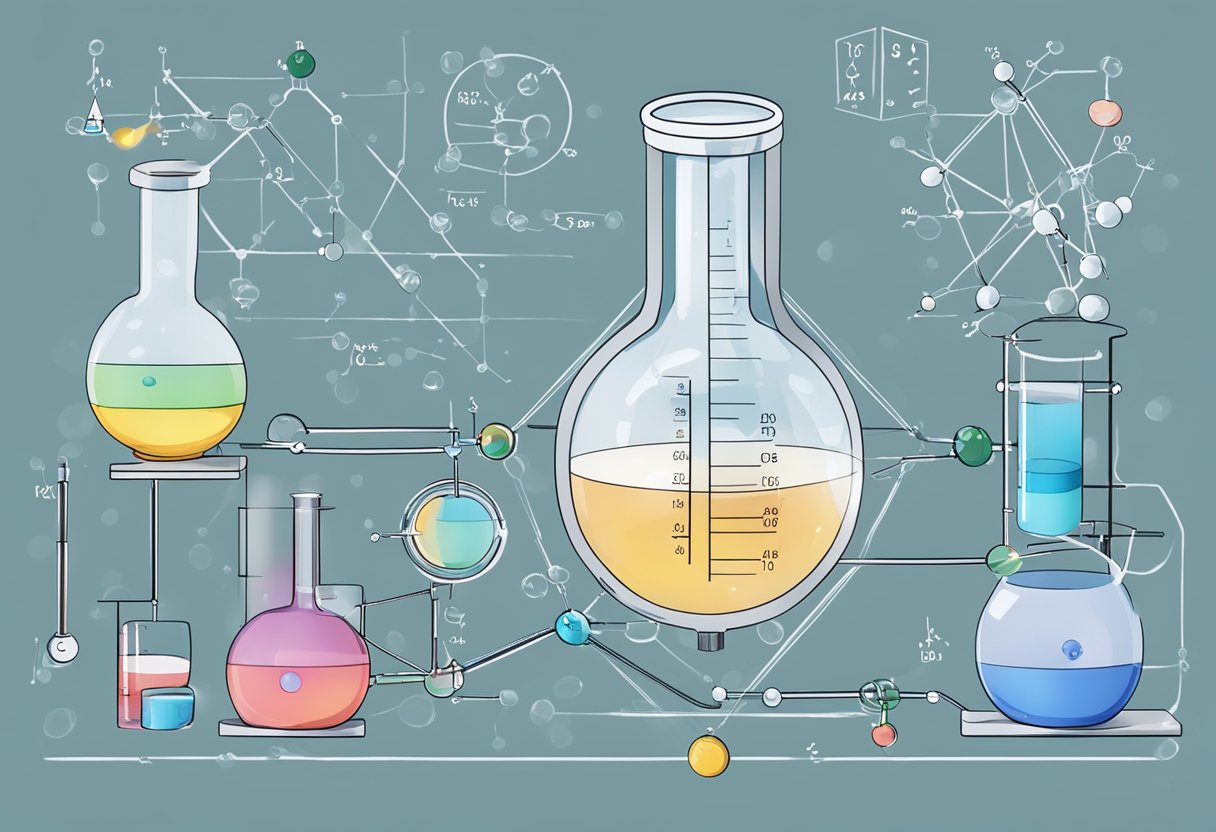
MBTS is a sulfenamide accelerator that is commonly used in the production of rubber products. It is a pale yellow powder that is soluble in ethyl acetate, acetone, and benzene, but insoluble in water.
MBTS has a molecular weight of 332.50 g/mol and a melting point of 170-172°C. It has a density of 1.50 g/cm³ and a flash point of 242°C.
MBTS is a moderately fast curing accelerator, with a curing rate that is slower than that of CBS but faster than that of TBBS. It is commonly used in the production of tires, tubes, footwear, and other rubber products.
When MBTS is used as an accelerator, it can improve the physical properties of rubber, such as its tensile strength, elongation at break, and resilience. However, excessive use of MBTS can cause scorching and blooming in rubber products, which can reduce their quality and durability.
In summary, MBTS is a widely used sulfenamide accelerator that has moderate curing properties. Its chemical properties make it suitable for use in the production of a variety of rubber products. However, care must be taken to ensure that it is used in appropriate quantities to avoid any negative effects on the final product.
Production Process of MBTS Rubber Accelerator
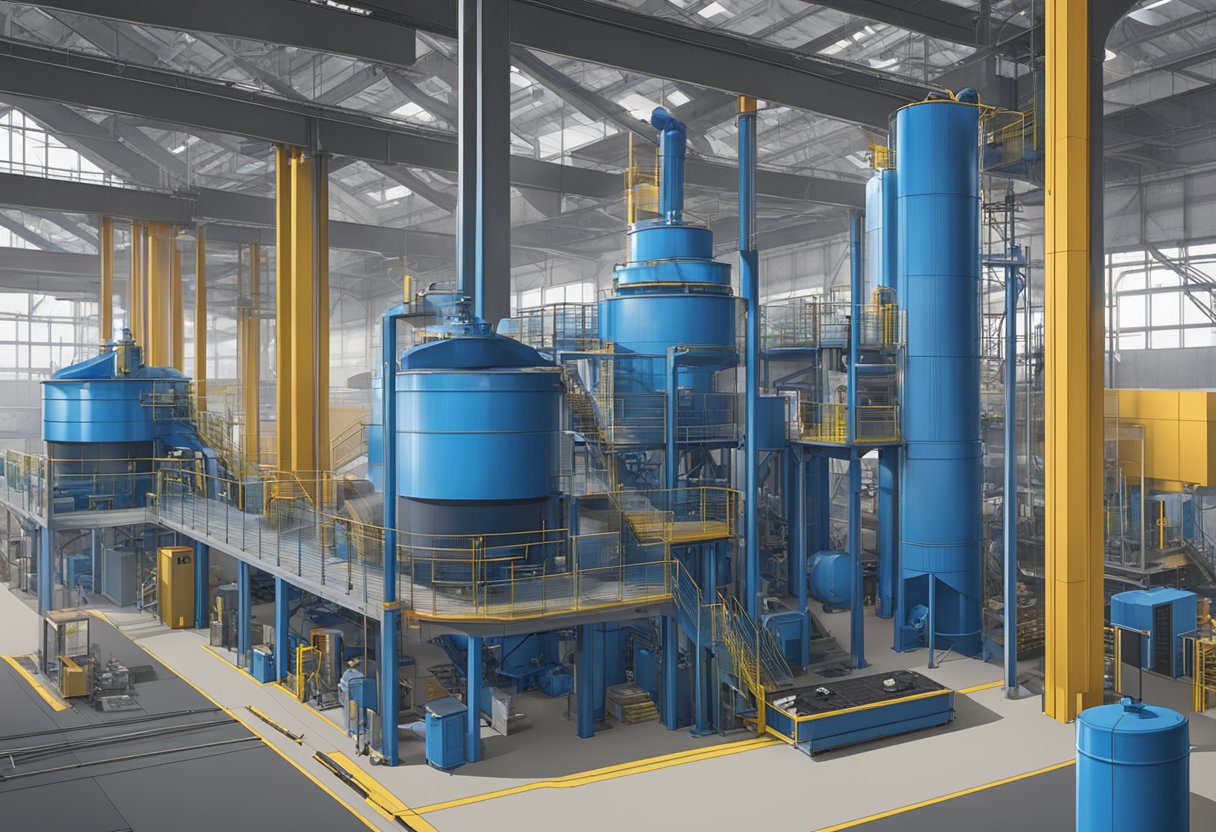
Raw Material Sourcing
The production of MBTS rubber accelerator requires several raw materials. The primary raw materials include aniline, sulfur, and 2-mercaptobenzothiazole. These raw materials are sourced from reputable suppliers who meet the required quality standards. The quality of the raw materials is crucial in determining the quality of the final product.
Synthesis and Manufacturing
The production process of MBTS rubber accelerator involves several steps. The first step is the reaction between aniline and sulfur to produce an intermediate product, which is then reacted with 2-mercaptobenzothiazole to produce MBTS. The reaction is carried out in the presence of a catalyst and under controlled temperature and pressure conditions.
The next step involves purification of the MBTS product. The impurities are removed using various techniques such as filtration, washing, and drying. The purified MBTS is then packaged in suitable containers and stored in a dry and cool place.
The entire production process is carried out in compliance with the relevant safety and environmental regulations. The production facility is equipped with modern equipment and technology to ensure consistent quality and efficiency.
In conclusion, the production of MBTS rubber accelerator involves sourcing high-quality raw materials and carrying out a series of reactions and purification steps. The process is carefully controlled to ensure consistent quality and compliance with safety and environmental regulations.
Applications in Rubber Manufacturing
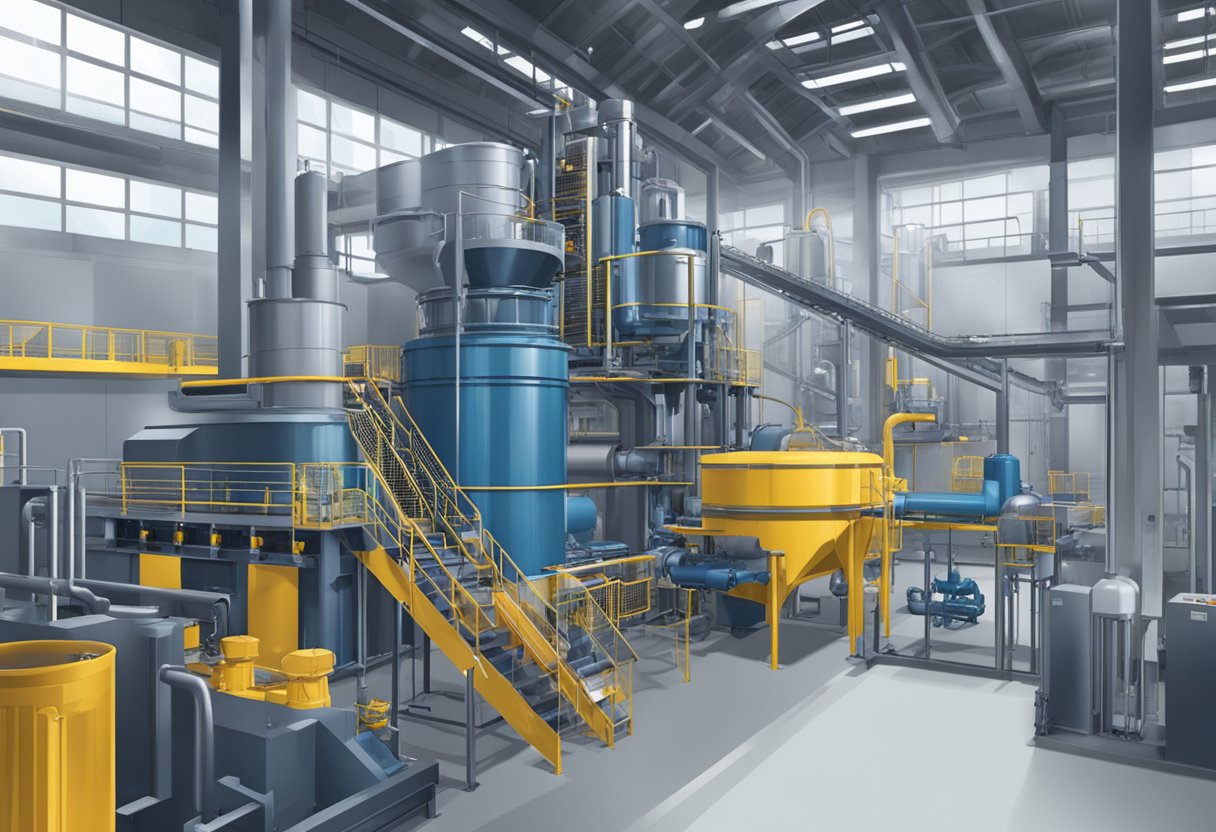
MBTs rubber accelerator is widely used in the rubber manufacturing industry due to its ability to improve the processing and mechanical properties of rubber products. This section will explore the various applications of MBTs in rubber manufacturing, specifically in the tire industry and industrial rubber products.
Tire Industry
In the tire industry, MBTs are used as a primary accelerator to improve the processing and vulcanization of rubber compounds. It helps to shorten the curing time and improve the tensile strength, modulus, and elongation at break of the rubber. MBTs also enhance the resistance of tires to aging, heat, and chemicals, making them more durable and long-lasting.
Industrial Rubber Products
MBTs are also widely used in the production of industrial rubber products such as hoses, seals, gaskets, and conveyor belts. In these applications, MBTs act as a secondary accelerator, improving the mechanical properties of the rubber and enhancing its resistance to heat, aging, and chemicals. It also improves the compression set and dynamic properties of the rubber, making it more suitable for heavy-duty industrial applications.
Overall, MBTs rubber accelerator is a versatile and effective additive in rubber manufacturing, providing improved processing and mechanical properties to a wide range of rubber products.
Advantages of Using MBTS Accelerators
MBTS accelerators are a popular choice in the rubber industry due to their numerous advantages. Here are some of the main benefits of using MBTS accelerators in the vulcanization process:
Improved Vulcanization Rates
One of the main advantages of using MBTS accelerators is their ability to improve vulcanization rates. Vulcanization is the process of converting natural rubber or other elastomers into a more durable material by cross-linking polymer chains. MBTS accelerators help to speed up this process, reducing the time and energy required for vulcanization.
Enhanced Product Durability
Another advantage of using MBTS accelerators is that they can enhance the durability of rubber products. The cross-linking process that occurs during vulcanization creates a stronger, more resilient material that is better able to withstand wear and tear. This can be particularly important in applications where the rubber product will be subjected to harsh conditions or frequent use.
In addition to these benefits, MBTS accelerators are also known for their stability, compatibility with other rubber chemicals, and low toxicity. All of these factors make MBTS accelerators a popular choice for manufacturers looking to improve the quality and performance of their rubber products.
Overall, the advantages of using MBTS accelerators make them a valuable tool in the rubber industry, helping to improve vulcanization rates and enhance the durability of rubber products.
Health and Safety Considerations
Handling and Storage
When handling MBTS rubber accelerator, it is important to take necessary precautions to ensure safety. The substance should be stored in a cool, dry, and well-ventilated area, away from sources of heat and ignition. It is also important to avoid exposure to direct sunlight and moisture as it may cause the substance to degrade and become hazardous.
When handling the substance, it is recommended to wear appropriate personal protective equipment (PPE) such as gloves, safety glasses, and protective clothing. It is also important to avoid inhalation of dust or vapors by wearing a respirator or working in a well-ventilated area.
Exposure and Protective Measures
Exposure to MBTS rubber accelerator can occur through inhalation, skin contact, or ingestion. It is important to take necessary precautions to minimize exposure to the substance. In case of skin contact, the affected area should be washed with soap and water immediately. In case of eye contact, the eyes should be flushed with water for at least 15 minutes and medical attention should be sought.
In case of inhalation, the affected person should be moved to a well-ventilated area and given fresh air. If breathing difficulties persist, medical attention should be sought immediately. Ingestion of the substance should be avoided at all costs.
Overall, it is important to handle and store MBTS rubber accelerator with care and take necessary precautions to minimize exposure to the substance. By following proper safety measures, the risk of accidents and health hazards can be minimized.
Environmental Impact and Regulations
Emission Controls
MBTS rubber accelerator is known to release harmful gases during its production and use, which can have a negative impact on the environment. To address this issue, various emission control measures have been implemented by regulatory bodies. These measures include the use of scrubbers, which remove harmful gases from the air, and the installation of catalytic converters, which convert harmful gases into less harmful ones. Additionally, manufacturers are required to monitor their emissions and report them to regulatory bodies to ensure compliance with environmental regulations.
Disposal and Recycling
The disposal of MBTS rubber accelerator can also have negative environmental impacts. Improper disposal can lead to the release of harmful chemicals into the soil and water, which can have long-lasting effects on the environment. To mitigate these impacts, regulatory bodies have implemented regulations on the disposal and recycling of MBTS rubber accelerator. These regulations require manufacturers to properly dispose of their waste and to recycle as much of their waste as possible. Additionally, manufacturers are required to label their waste appropriately to ensure proper disposal.
Overall, the production and use of MBTS rubber accelerator can have negative environmental impacts. However, with the implementation of emission control measures and proper disposal and recycling practices, these impacts can be mitigated. Regulatory bodies play a crucial role in ensuring that manufacturers comply with these regulations to protect the environment.
Market Trends and Demand
Global Market Analysis
The global market for MBTS rubber accelerator is expected to grow at a steady pace in the coming years. The growth is attributed to the rising demand for rubber products in various industries such as automotive, construction, and footwear. Asia-Pacific region is expected to dominate the market owing to the presence of major rubber producing countries such as China, India, and Thailand.
The increasing demand for eco-friendly and sustainable products is driving the demand for bio-based rubber accelerators. Manufacturers are investing in R&D activities to develop new and innovative products that are less harmful to the environment. The rise in demand for high-performance rubber products with enhanced durability and strength is also boosting the market growth.
Emerging Technologies and Innovations
The market for MBTS rubber accelerator is witnessing a shift towards the development of new and advanced technologies. One of the emerging technologies is the use of nanotechnology in rubber production. Nanoparticles are being used to enhance the properties of rubber products such as strength, elasticity, and durability. This technology is expected to revolutionize the rubber industry in the coming years.
Another innovation is the development of smart rubber products that can sense and respond to changes in the environment. These products have the potential to find applications in various industries such as healthcare, aerospace, and robotics. The use of advanced sensors and materials in rubber production is driving the growth of this segment.
In conclusion, the market for MBTS rubber accelerator is expected to grow at a steady pace in the coming years owing to the rising demand for rubber products in various industries. The development of new and innovative technologies is expected to drive the growth of the market and provide new opportunities for manufacturers.
Challenges and Limitations
Substitution by Alternative Accelerators
MBTS rubber accelerator has been widely used in the rubber industry for its effectiveness in improving the vulcanization process. However, the increasing concerns over its toxicity and environmental impact have led to a growing demand for alternative accelerators.
One of the main challenges in substituting MBTS with alternative accelerators is finding a suitable replacement that can provide similar performance and efficiency. Some of the alternative accelerators that are being considered include CBS, TBBS, and DCBS. However, these accelerators have their own limitations and may not be suitable for all applications.
Another challenge in switching to alternative accelerators is the cost. Some of the alternative accelerators may be more expensive than MBTS, which can affect the overall cost of production.
Regulatory Challenges
The use of MBTS rubber accelerator is regulated by various governmental and environmental agencies due to its potential health and environmental hazards. This has led to stricter regulations and guidelines for the use and disposal of MBTS.
One of the main regulatory challenges in using MBTS is the need for proper handling and disposal. MBTS is considered hazardous waste and must be disposed of in accordance with local, state, and federal regulations.
Furthermore, the increasing regulations and restrictions on the use of MBTS may limit its availability and increase its cost. This can have a significant impact on the rubber industry, especially for smaller manufacturers who may not have the resources to comply with the regulations.
Overall, the challenges and limitations associated with MBTS rubber accelerator highlight the need for continued research and development of alternative accelerators that are safe, efficient, and cost-effective.


